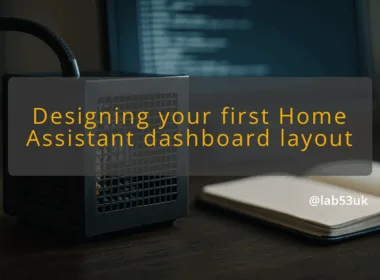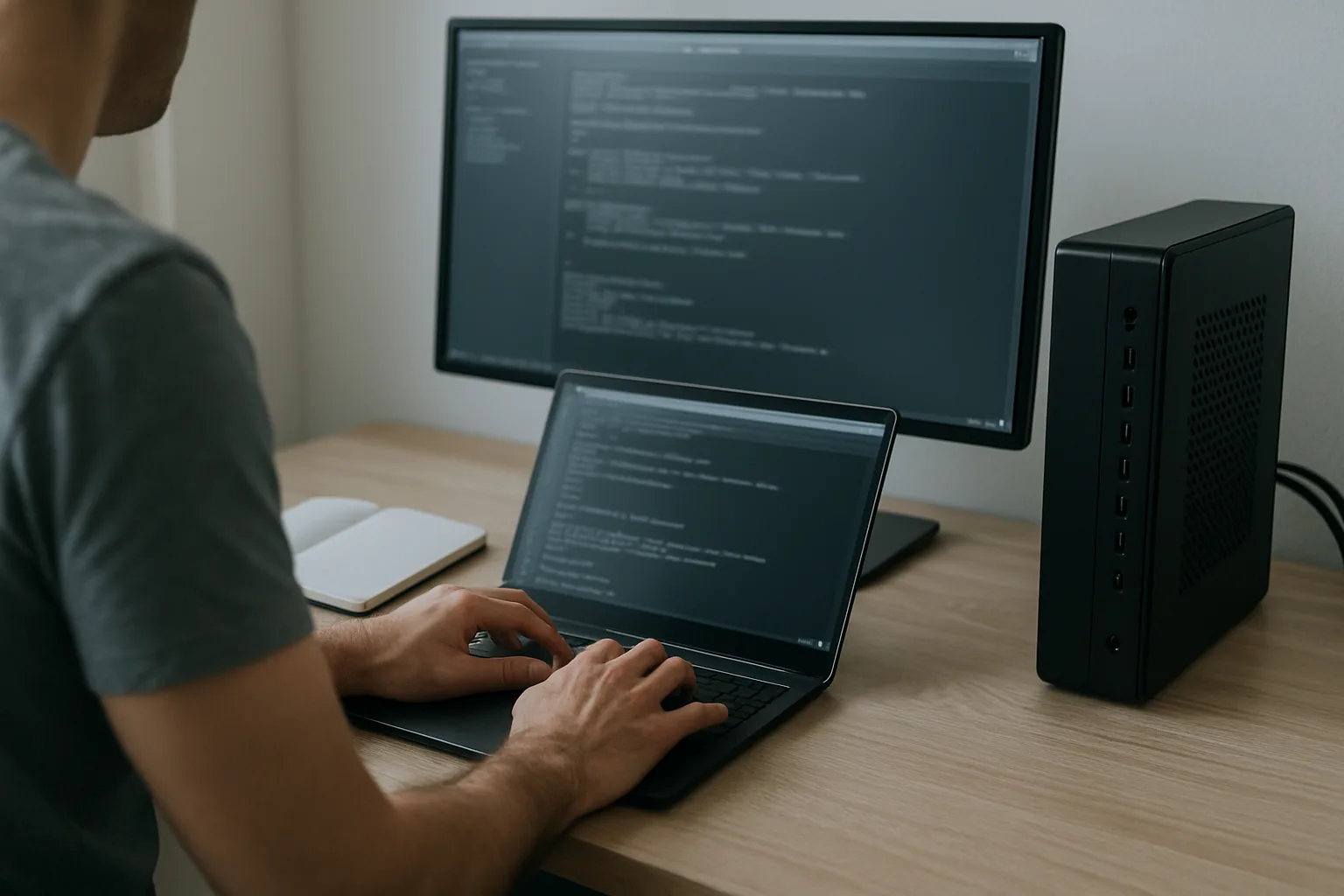How to Securely Integrate DeepSeek AI in Your Homelab
I run experimental AI services in my homelab. I treat DeepSeek AI Integration like any exposed service: minimal attack surface, strict controls, and clear audit trails. The tricky part is the model itself. It can reflect bias in training data, and that creates security and compliance headaches. I cover the key risks, then walk through practical mitigations you can apply tonight.
Security Challenges in AI Model Deployment
Identifying Bias in AI Models
Bias is not a bug you can patch with a restart. It lives in data and in model behaviour. Start by treating the model outputs as telemetry. Create a small suite of probes that exercise known sensitive areas: gender, ethnicity, legal topics, and anything specific to your use case. Log the full request and response, strip PII, and label results for later review.
Concrete steps:
- Build a JSON file of test prompts that represent edge cases and common misuse. Run it daily against the model.
- Store results in an append-only log with timestamps and source IP. Use gzip rotation and keep at least 30 days.
- Tag responses that contain harmful or biased content so you can trend them.
This gives you data to answer the basic question: is the model biased in ways that matter to my homelab setup? If you find patterns, treat them as a design issue, not just an operational one.
The Role of Data Curation in Mitigating Bias
Your inputs shape outputs. If you fine-tune or supply local datasets, curate them deliberately. Prefer smaller, well-documented datasets over large, opaque dumps.
Practical curation:
- Keep a dataset manifest (filename, source, license, date, sanitisation steps).
- Apply simple checks: language detection, class balance, and duplication rate.
- Remove or flag sensitive records. If you cannot remove, isolate their usage and log it.
For fine-tuning, use separate training runs and label them. Track hyperparameters and seed values so you can reproduce a run that introduces unwanted behaviour.
Ethical Considerations in AI Model Training
Ethics in a homelab sounds overblown, but you will need to answer simple questions: what data did this model see, and can it leak confidential info? I keep two rules. First, never fine-tune on data you do not control or have permission to store. Second, treat models as data sinks: they can memorise and regurgitate sensitive strings.
Defensive measures:
- Run fine-tuning on an isolated host with disk encryption.
- Scrub training logs of raw inputs.
- Use rate limits and query length caps to reduce extraction risk.
These steps lower the chance the model becomes a liability that spills secrets or amplifies harmful biases.
Strategies for Securing AI Integrations
Implementing Robust Auditing Frameworks
Auditing is not optional. I want to know who asked what, from where, and when. Keep logs separate from the model host so an attacker who owns the model cannot erase evidence.
What I do:
- Host the model in a dedicated VM or container group. Tag it in inventory.
- Forward logs to a remote syslog or ELK instance on a different host. Use TLS for transport.
- Record: timestamp, source IP, API key ID, prompt hash, response hash, and action taken.
Example firewall and network design:
- Put the model on a dedicated VLAN, such as 192.168.50.0/24.
- Management VLAN remains 192.168.1.0/24.
- On the router, allow only the management host (192.168.1.10) to access the model API on port 8000.
Simple nftables allow rule example:
- nft add table inet homelab
- nft add chain inet homelab input { type filter hook input priority 0 \; policy drop \; }
- nft add rule inet homelab input ip saddr 192.168.1.10 tcp dport 8000 accept
- nft add rule inet homelab input iif “lo” accept
Those rules limit exposure and make lateral movement harder.
Ensuring Compliance with Data Protection Regulations
I assume home setups still need basic data protection. If you handle anything that could identify a person, act like it matters.
Steps for compliance-minded hardening:
- Encrypt disks with LUKS where models or training data live.
- Minimise retention: keep training logs and prompts only as long as required for debugging.
- Use API keys scoped to single purposes and rotate them regularly.
If you run a web-facing model, block direct internet outbound from the model host. Allow only approved update servers and telemetry endpoints. That reduces exfiltration risk.
Best Practices for Continuous Monitoring of AI Outputs
Continuous monitoring catches drift and new bias patterns. I run three lightweight checks on every response: safety filter, output size, and novelty.
Implementation tips:
- Safety filter: a short rule-based check for profanity, personal data patterns (emails, phone numbers), and policy-violating phrases.
- Output size cap: hard limit response length to prevent accidental data dumps.
- Novelty scoring: compute a simple hash-based similarity against recent outputs; flag exact repeats.
Automate alerting:
- Use a webhook to post flagged responses to a monitoring channel.
- Triage items weekly. If a repeat issue appears, block the offending prompt patterns at the gateway.
Resource and process controls:
- Use cgroups to limit CPU and RAM for model processes.
- Run models in read-only container images where possible.
- Apply AppArmor or SELinux profiles to cut filesystem and network access.
Final operational checklist I use before putting any model online:
- Is the model isolated on its own network segment? Yes/no.
- Are logs forwarded off-host and immutable? Yes/no.
- Are API keys rotated and scoped? Yes/no.
- Is there an automated probe suite exercising edge cases? Yes/no.
If any answer is no, pause the deployment and fix it.
Concrete takeaways
- Treat DeepSeek AI Integration as a service, not a toy. Isolate it, log it, and limit network paths.
- Test for bias with repeatable probes and keep the dataset manifested.
- Harden runtime with firewall rules, cgroups, and least-access API keys.
- Monitor outputs continuously and keep an auditable trail on a separate host.
Follow those steps and you reduce the attack surface and the chance the model becomes a compliance or safety problem.









